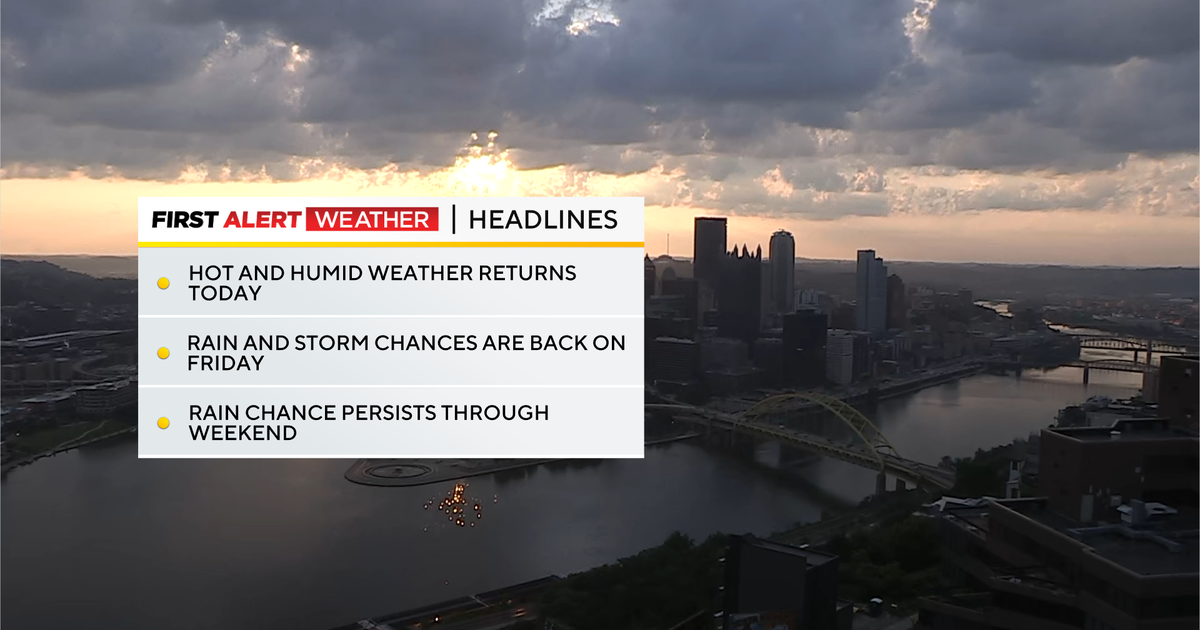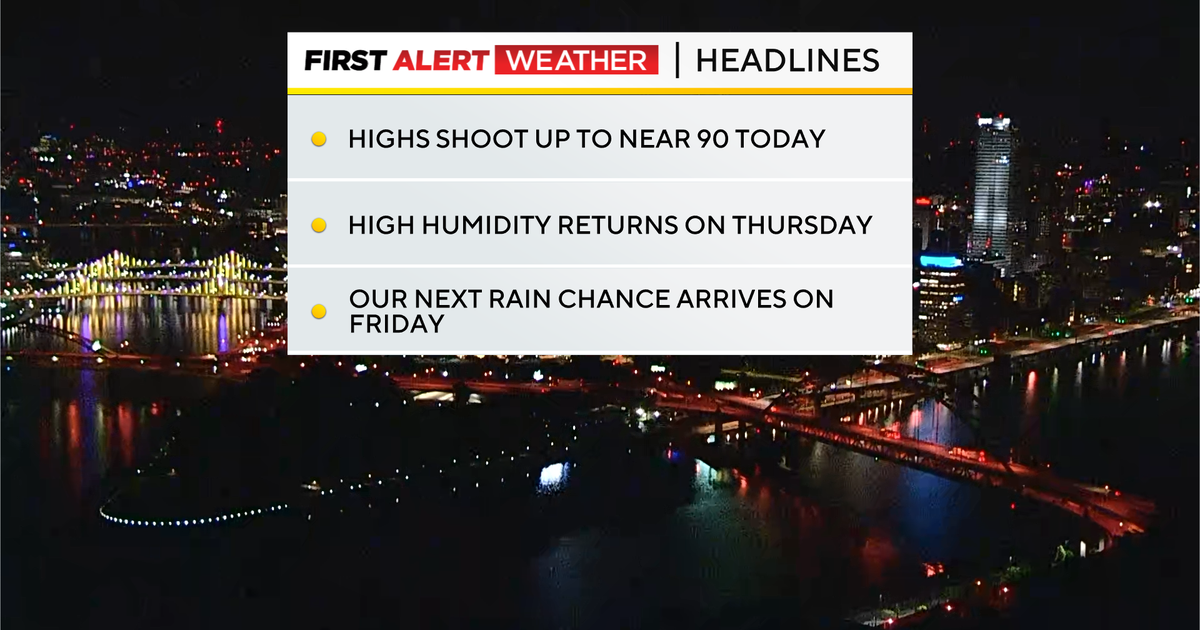Hey Ray! The Things That Go Into Forecasting Snowfall
PITTSBURGH (KDKA) -- The hardest season to predict weather is winter, mainly because of snow.
When you predict rain, you predict the timing of an amount of water that will fall from the sky, and how much will fall.
When it comes to forecasting, that is about as straight-forward as it gets.
Water is pretty common, since it covers most of our planet. How water acts, though, is rather uncommon.
It is one of those substances that expands as it freezes. When it comes to snow forecasting, you have to time in that frozen, expanding water.
We know that water will expand as it freezes, but we also have to determine how much it will expand, and that is based on how it will expand.
Water doesn't expand the same every time.
It expands into different shapes, and those different snowflake structures create sort of different building blocks for your accumulation on the ground.
Flat snowflake structures stack up nicely, meaning it takes more of them to make a big accumulation.
Spiky snowflake structures stack up and leave a lot of airspace. That means it takes less water to make more accumulation.
This means we have to figure out how much water will move our way, and how much snow that water can turn into.
So, what determines their shapes? There are many factors like humidity levels and the path the snow takes from the cloud, but the main factor is temperature.
As the temperature changes, the type of crystal produced changes.
Typically, the colder it gets the fluffier the snow will become, and the warmer it gets, the flatter it will become.
Simply, we are figuring out the liquid to snow ratio. That is a fancy way of saying "this amount of water will equal this amount of snow", and we have to do this every time it snows.
Here is an example from a snowfall earlier this season. The fist image is a measuring cup of melted snow.
The second image is how much snow was in the measuring cup before it melted.
It is quite a big difference.
The average liquid to snow ratio for Pittsburgh is 12:1.
This means one inch of water equals 12 inches of snow, but that is just the average, and that ratio pretty much changes with every snowfall.
Once we figure out the ratio, we have to figure out if the ground is warm enough to melt the snow when it makes contact, and
how much it will melt, along with how the Great Lakes and the nearby mountains will help or hurt the snow-making process.
WEATHER LINKS:
Current Conditions | School Delays & Closings | Local Radar | Weather App | Photos
Stay up to date with the KDKA app, which you can download here.








